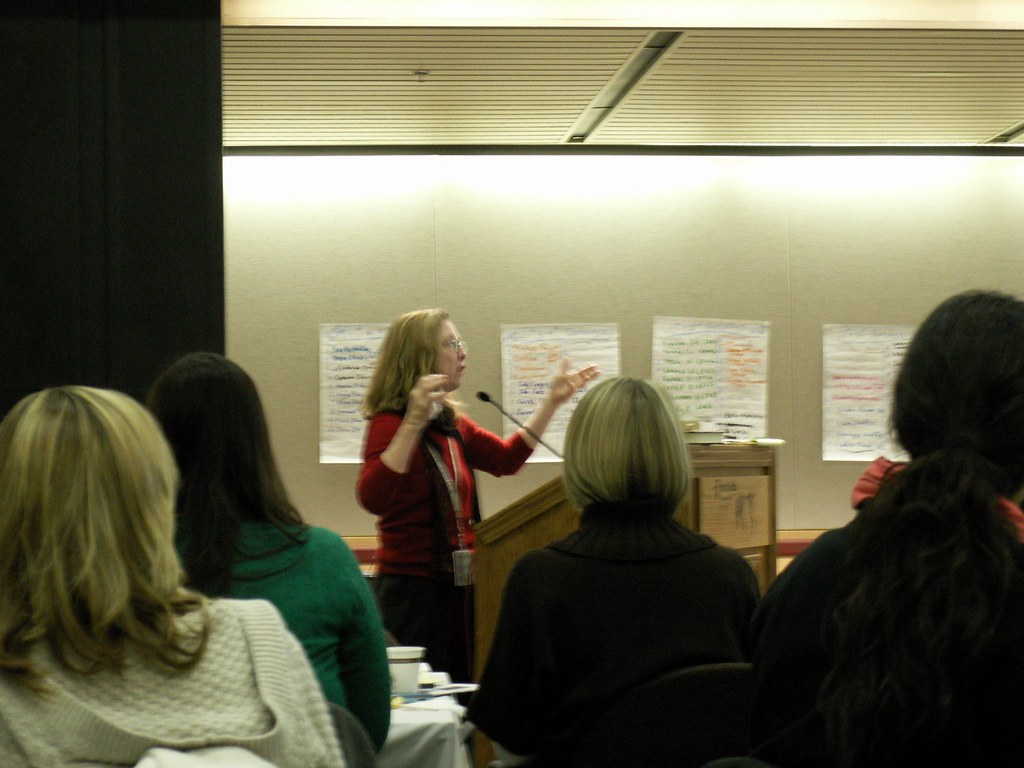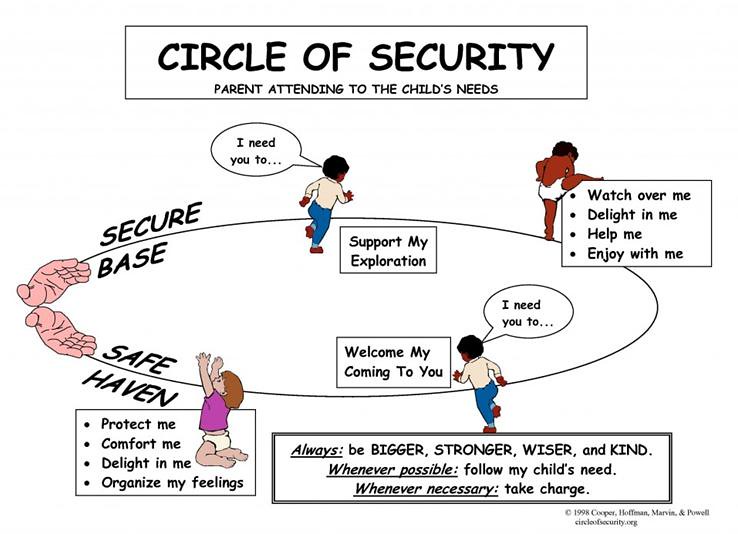This is science -- behavioral science, based on decades of research. Source of this excerpt: a 2011 handout for parents for distribution by therapists trained here in Washington State in Cognitive Behavior Therapy Plus (CBT Plus). -gw
+
+
Almost all behavior is caused by an interaction between children and their environment. Humans learn by testing out different behaviors and finding out what happens—what do people do, or not do, in response? It is normal for children to want to get what they want immediately and normal for children to want to avoid unwanted situations or consequences. However, part of growing up is learning to be patient, ask nicely, share, and handle frustration or disappointment without making a huge fuss or being destructive. Children must also learn to separate from caregivers, take on age appropriate responsibilities, and consider other people’s feelings and wishes. These are the normal tasks of child development. The key teachers are caregivers and teachers, and it is NOT always easy!
+
Children sometimes learn lessons that we don’t want them to. For example, almost all caregivers have had the experience of young children whining or throwing temper tantrums to get attention or something they want at home or at a store. And almost all caregivers have the experience of children dawdling, delaying or not doing what they are told because they don’t want to stop an activity such as watching TV or talking on the phone. If children’s behavior (e.g., tantrum, yelling) “works,” meaning they get what they want (or get out of doing what they do not want to do) children will keep using the behavior, hoping it will “work” again.
+
There is an explanation for this pattern of behavior. The basic rule is that all behavior has a function or purpose. Behavior is intended to get something children want or get out of something children do not want. Children might want attention, power over their situation, or specific rewards (e.g., allowance, privileges). They might want to get out of chores, doing homework, or trouble. This rule is not just true for children, it is true for everyone. People go to work to get something such as a pay check and self esteem; people don’t answer the phone or sometimes tell small lies to avoid being hassled or hurting someone’s feelings.

